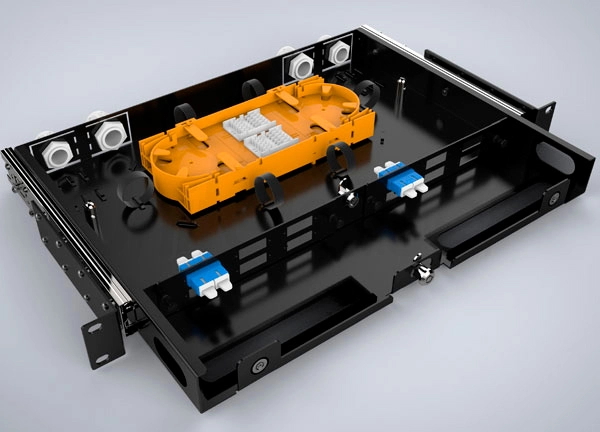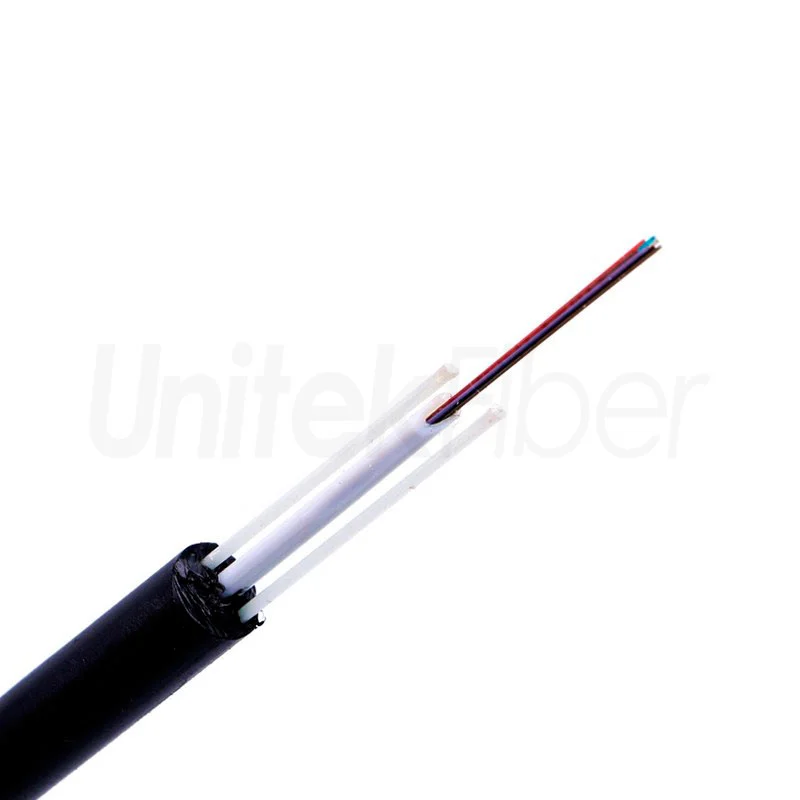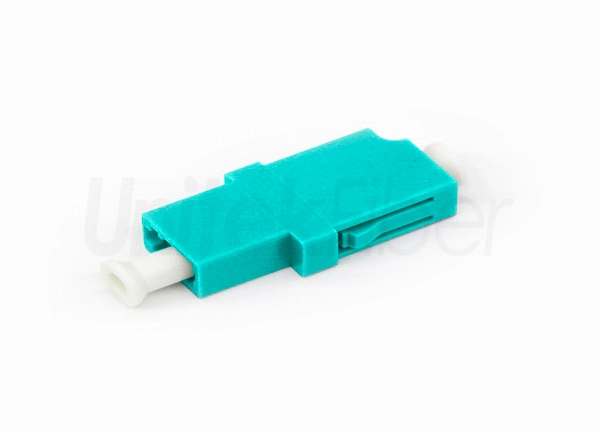
With the rapid development of data centers to ultra-high speed and large capacity, the market demand for high-speed optical transceiver modules is also increasing. Against this background, is there still market demand for low-speed optical transceiver modules? What does low-speed optical transceiver module specifically refer to? Let us take a look below.
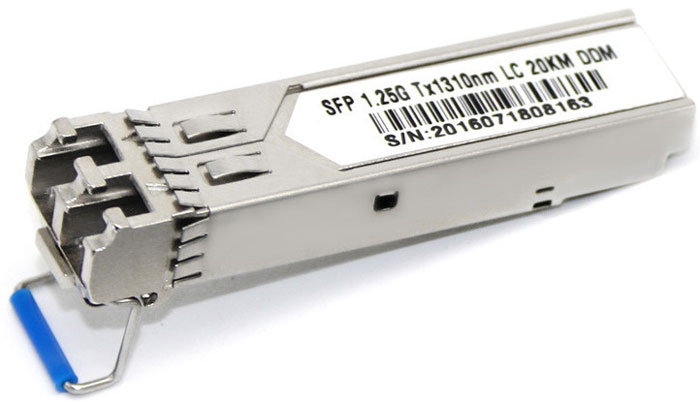
Low-speed optical module concept
According to the transmission rate, optical transceiver modules can be divided into 100M optical modules, Gigabit optical modules, 10G optical modules, 40G optical modules and 100G optical modules. We generally refer to optical transceiver modules with transmission rates of 1000M and below as low speed optical Module.
Classification of low-speed optical modules
Low-speed optical transceiver modules currently mainly include GBIC and SFP package types, they have certain differences in size and shape and their actual application.
GBIC optical transceiver module: The GBIC optical transceiver module is an optical module used in the early Gigabit Ethernet. It is mostly connected by sc interface. At present, only some of the earlier switch models of older models still have application requirements.
SFP optical transceiver module: The SFP optical transceiver module is an optimized version of the GBIC optical module. Its function is basically the same as that of the GBIC optical module, but its volume is much smaller. This type of optical transceiver module uses LC interface connection, which has the characteristics of compact structure and more Suitable for high-density wiring, it can greatly simplify the deployment of Gigabit Ethernet.
The working principle of low speed optical transceiver module
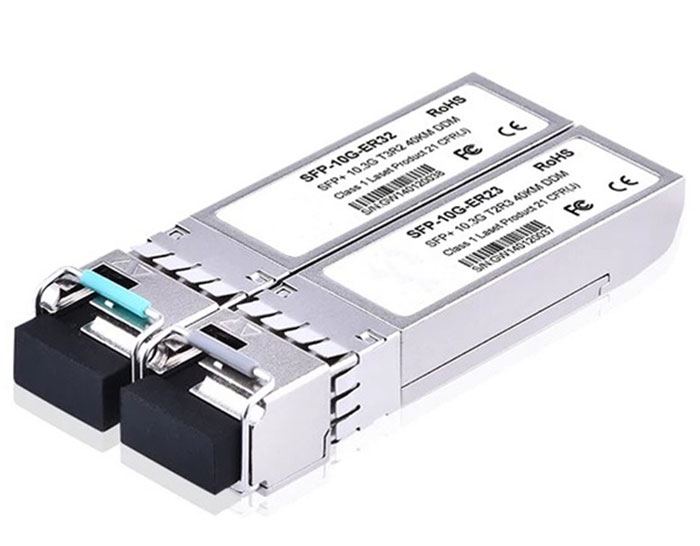
The low-speed optical transceiver module is composed of a transmitting part and a receiving part.
The function of the transmitting part is to modulate the electrical signal to the laser, so as to realize the electro-optical conversion. Specifically, the electrical signal with a certain code rate is processed by the internal driving chip to drive the semiconductor laser (LD) or the light emitting diode (LED) to emit the corresponding rate The modulated optical signal has an optical power automatic control circuit inside, which keeps the output optical signal power stable.
The function of the receiving part is that the detector receives the optical signal and realizes the photoelectric conversion. Specifically, an optical signal with a certain code rate is converted into an electrical signal by a light detection diode after being input into the module, and then an electrical signal with a corresponding code rate is output after passing through a preamplifier.
Application of low speed optical transceiver module
The low-speed optical transceiver supports many interface devices, including some other network devices such as switches and routers. In practical applications, SFP low-speed optical transceiver modules are more widely used than GBIC low-speed optical transceiver modules in the field of telecommunications and data communications.
However, there are still some network devices equipped with GBIC optical module interfaces, so the appropriate type of low-speed optical transceiver should be selected according to the interface type of the specific device.
If you need more information or support on optical transceiver module from UnitekFiber, please contact us sales@unitekfiber.com, we will try our best to support you.

